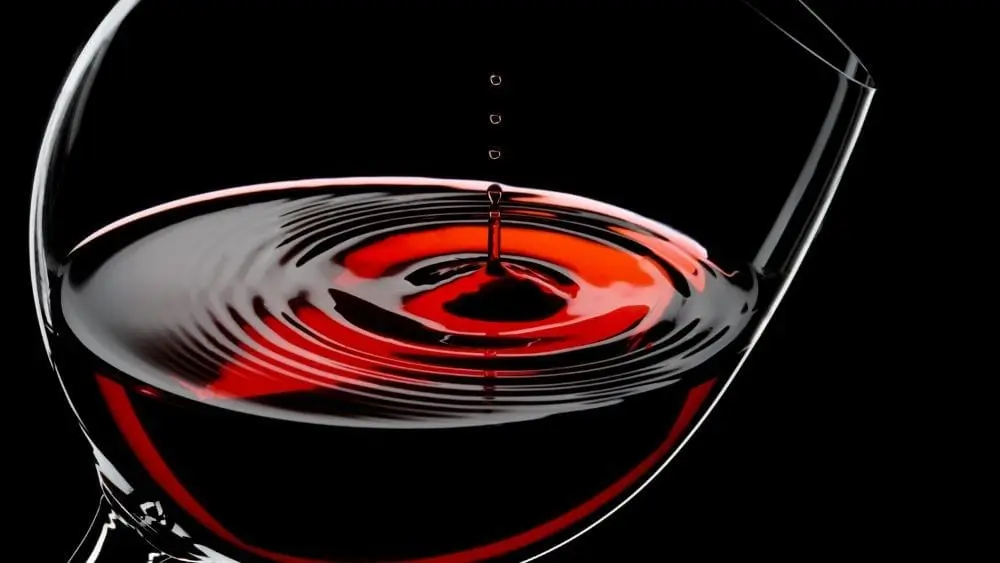
Cheers, America! The interest in wine has never been greater. In 2018, U.S. residents consumed a whopping 966 million gallons of wine, about 3 gallons of wine per person last year, according to the Wine Institute.
“As consumption of wine grows nationally, so does the appeal of a focal, feature wine room,” says Florida interior designer Kay Green.
People are so interested in wine rooms, that 28 percent of home buyers with an annual household income of $150,000 or more rate wine cellars as desirable (17 percent) or essential (11 percent), according to the 2019 Edition of the National Association of Home Builders’ What Home Buyers Really Want survey.
If you love the idea of having a personal wine room, here are a few things to keep in mind about including one in your new home.
Get Creative with Location, Size
Flexible floorplans mean that you have about as many options for wine room placement as varieties of wine.
Homes in regions that typically include basements make including a wine cellar convenient, but you can tuck a wine room below a stairwell, or in a nook just off a game or living room. Even though a wine wall isn’t climate controlled, a display in the dining room can show off your collection without using up extra space.
When considering the design of your wine room, think about how you plan to use it. Do you want to have enough space for bar or table seating for wine tastings? How large is your wine collection?
“Some collectors like to surround themselves with thousands of bottles, whereas others focus on a handful of niche, rare vintages from one producer,” according to wine room experts Vinfolio. “Your wine cellar size will depend largely on what kind of collector you want to be in the future: a large-scale collector or a niche enthusiast.”
They recommend using the “N x Y + C” calculation to determine the size you’ll need:
- N = The approximate number of bottles you expect to buy each year
- Y = How many years you expect most bottles will stay in your cellar
- C = The number of bottles you currently have in your collection
Add 20 percent to your final number to allow for the occasional splurge for your total square footage.
Manage Humidity: The Essentials for Wine Storage
Most importantly, your wine needs a good storage environment. That starts with maintaining appropriate humidity levels.
“If the cellar environment lacks humidity, corks tend to dry out, shrink, and crack, which allows air to enter the bottle and thereby spoil the wine,” says Dan Phillips, owner of US Cellar Systems. “An overly humid environment may cause mold and mildew to form on the wine labels, and around the entire wine cellar.”
To achieve the optimum 60 to 80 percent humidity level, look for a cooling unit designed specifically for wine cellars. Be sure your room is well insulated – including insulated flooring, walls and trim – and install vapor barriers to ensure your cooling system works as efficiently as possible. All of this will do wonders to help prevent your wine from going bad.
Doors & Displays
Don’t scrimp on the door. A solid, airtight door is essential to maintaining consistent temperature and humidity in your wine room.
Pro Tip: Solid wood doors aren’t your only door option. Glass and wrought iron doors can deliver the airtight seal you seek, while also letting you showcase your wines.
To display your wine, choose between prefabricated wine racks or custom cabinets. Contemporary glass and metal display racks give your space a modern feel. Metal racks conform more easily to the shape of the bottle, reducing the chance of damaging vibration. If you want a warmer look, mahogany is a perennial favorite, although pine wood can be used to reduce cost without sacrificing style.
Modular wine rack systems constructed of both wood and metal have sections that attach on top of each other, a handy way to expand as your collection grows. If space is limited, try the two-bottle-deep storage system to double your capacity.
Add Value to Your Home
Wine cellars add pizazz to your home, and can increase your home’s value, but prepare for initial costs.
“All told, the cost of materials and labor will add up to at least $25,000 to $30,000 for a 1,000 bottle capacity cellar,” say experts at Vinfolio, and you should expect to see a jump in electricity expense. A 250 square foot wine cellar will increase your electricity bill by around $70 per month, they estimate.
That said, the investment can pay off. A recent Zillow study found that luxury homes with wine cellars sold for 31 percent more than their expected sales price. In starter homes, the value uptick is even greater – a 47 percent sales premium from a wine cellar.

Freelance writer and marketer Sue Durio has been writing about construction, design and related products for more than 18 years.
 6 High Tech Features for an Eco-Friendly Home
6 High Tech Features for an Eco-Friendly Home